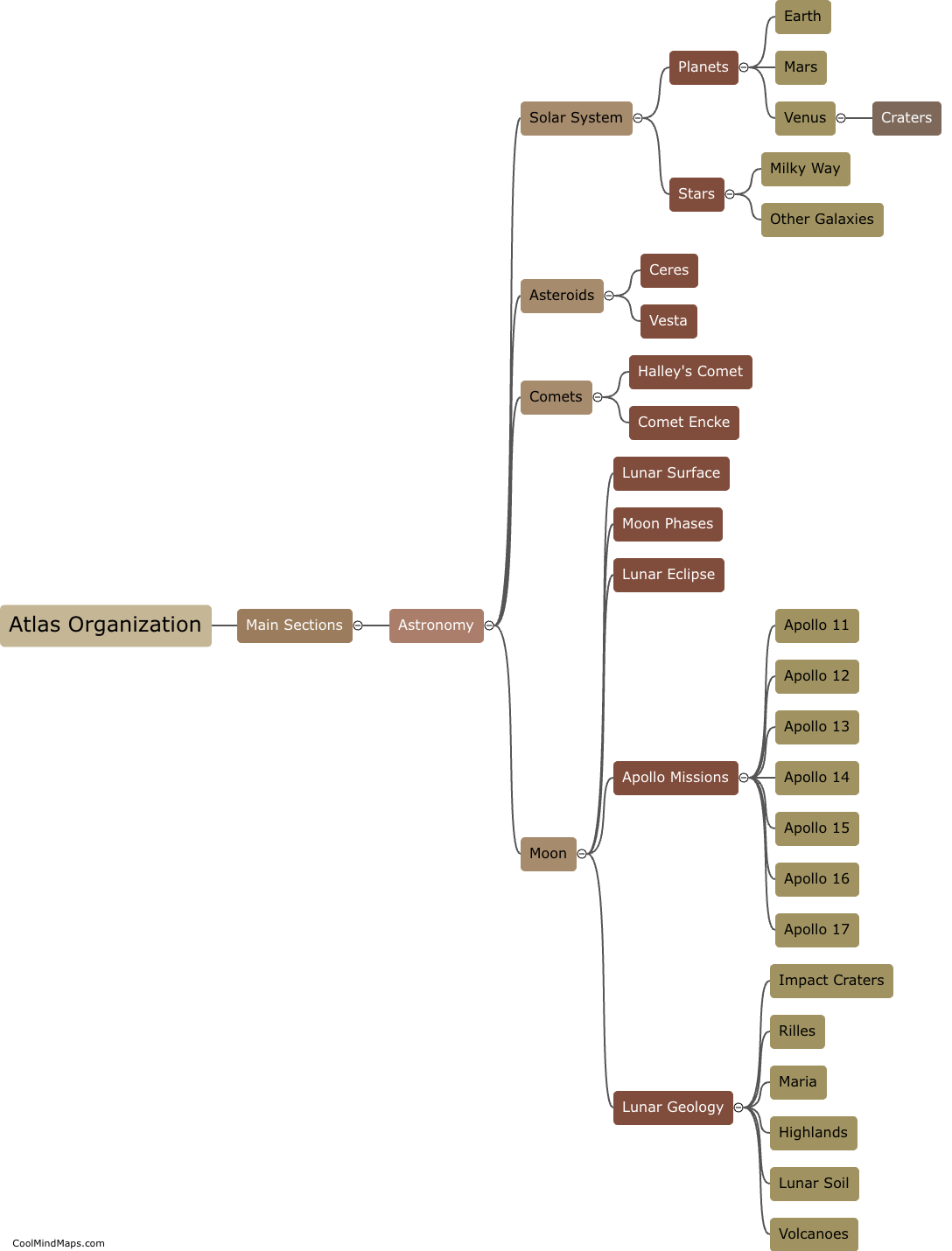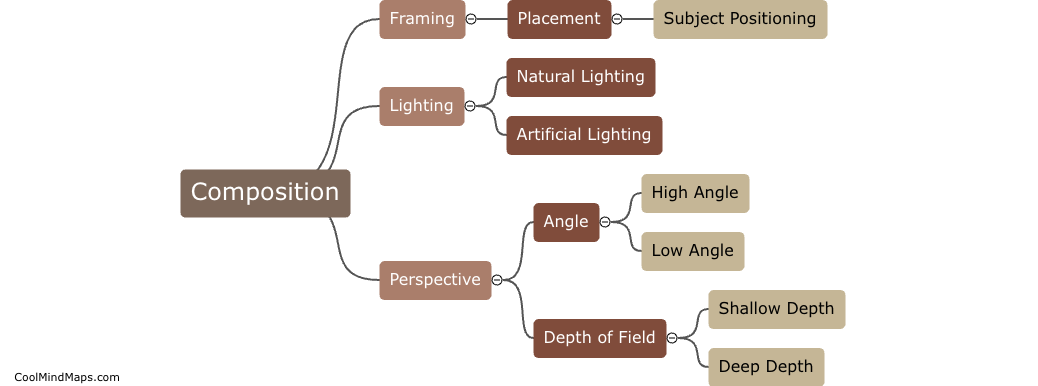How did Warburg organize his atlas?
Aby Warburg, a German art historian and cultural theorist, organized his famous atlas, known as the Mnemosyne Atlas, in a unique and innovative manner. Instead of following a traditional linear or chronological structure, Warburg arranged the atlas thematically, focusing on the visual and conceptual connections between images. He grouped images based on their shared motifs, gestures, or symbolic meanings, creating a visual network that aimed to illustrate the transformation and transmission of different cultural expressions across time and geography. Warburg's atlas was meant to be a dynamic tool for exploring the history of art and culture, allowing viewers to engage with visual juxtapositions and draw their own interpretations from the interplay of images and ideas. His unconventional organization of the Mnemosyne Atlas contributed to its status as a seminal work in the field of art history and cultural studies.

This mind map was published on 3 October 2023 and has been viewed 94 times.











